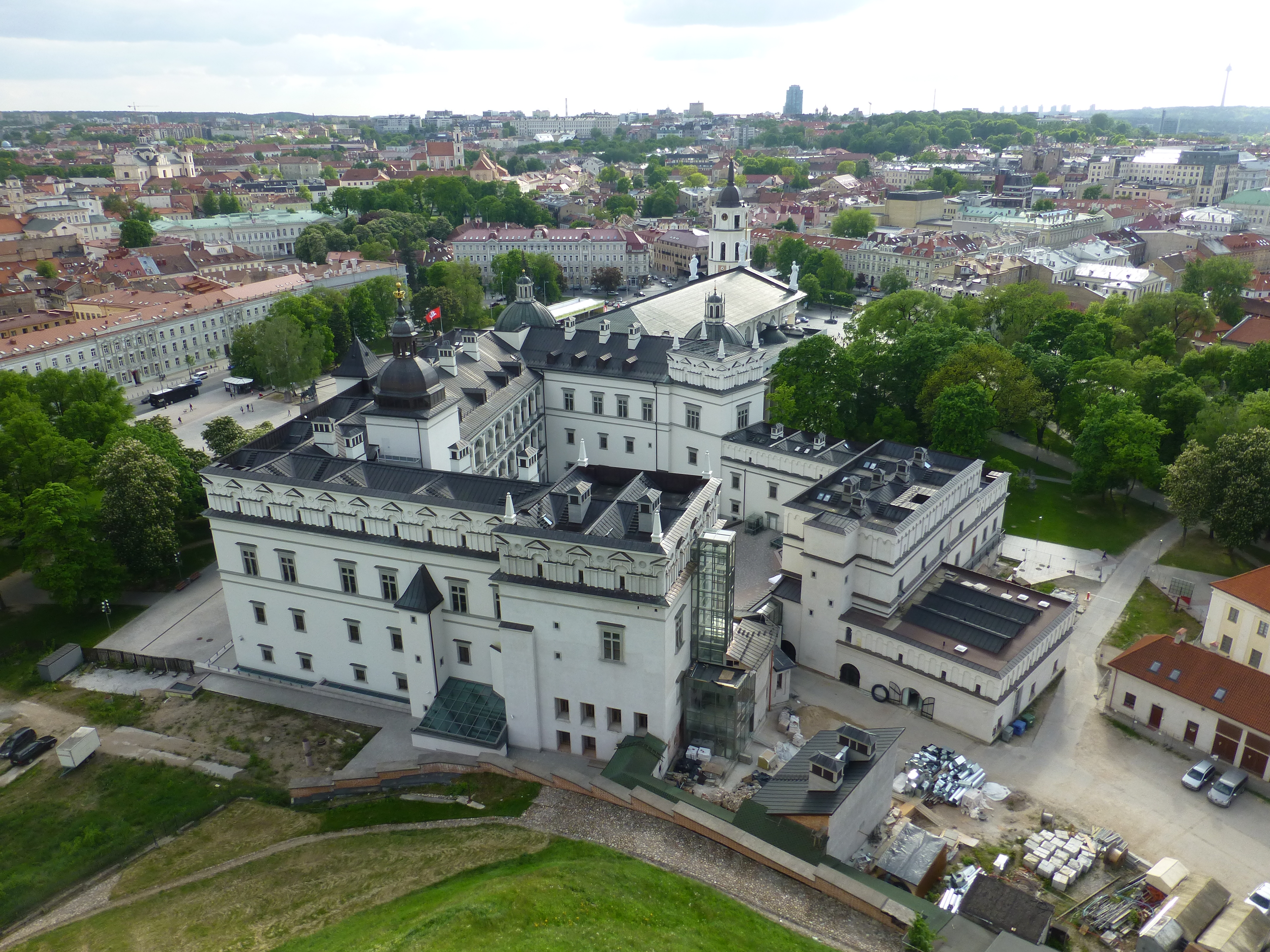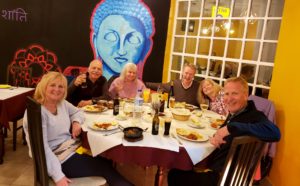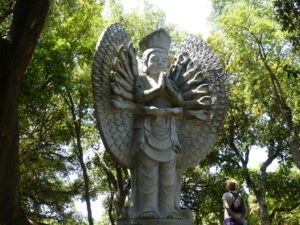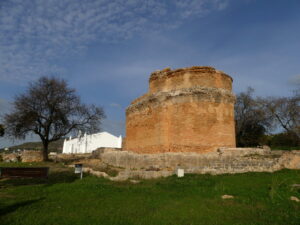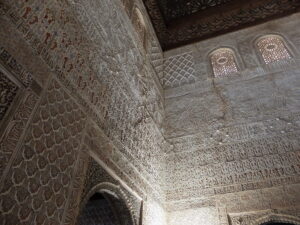During our six month stay in the Baltic countries, we found charms aplenty. But the three capitals of these countries are the jewels in the northern European crown. Though beset with war and destruction for 1000 years, each now offers a modern European experience in a rich historical landscape.
In so many ways, they are similar: a smattering of medieval towers, walls and blasted fortresses; a profusion of baroque buildings and churches; vast central squares away from which cobblestone pedestrian streets wander about; a historical core ringed by 19th and 20th century buildings in various stages of dinginess; and more. Their old towns have each been honored as World Heritage Sites by UNESCO.
But we could not confuse them.
- Click to read about Riga’s distinctive architecture, cityscape and market.
- Click to read about the medieval, musical and shoreline city of Tallinn.
- Click to read the full overview on the three capital cities of the Baltics.
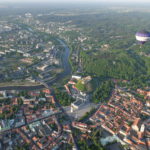
Unlike either of the other capitals, VILNIUS had been a seat of empire, the Duchy shared with Poland for hundreds of years before it slowly collapsed from internecine conflict and external attack. Its proud history of wise kings stretches back at least to the 12th century, with the likes of Mindaugas, Gedminas, Algirdas, and Vytautas the Great – a past you can pore over in overwhelming detail at the renovated ducal palace in its main square. Remains of other forts and ducal palaces dot the rest of the Lithuanian landscape as well.
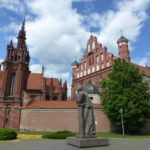
This strong integration with Europe made Vilnius different in several ways, as primarily Polish Catholic until 19th century incursions by Russia and Germany, and as a seat of learning. Mostly tolerant of religions and ethnicities, it has welcomed a diverse population over the years, and became a center for a huge Jewish population into the 20th century.

Vilnius is set like a jewel on a few steep hills, graced by attractive rivers, gardens and woods. Floating over the town on the tallest hill are medieval ruins of the old fort that originally protected the town, now joined by an elongated park to the other main hill which features a memorial to Christian martyrs. Just below these are remnants of Vilnius’ medieval walls and the armory that incorporated them but did little good defensively.
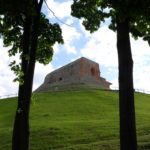
Otherwise, down below, Vilnius looks like it just stepped out of the 17th and 18th century, starting with the two massive buildings astride huge Cathedral Square at its center. Though just a few meters apart, each dominates the view depending on which of the two primary pedestrian boulevards you use to approach them.

From the west, the Cathedral – the religious center – seems the only building in the square. Though de-commissioned during the Soviet rule, it was restored in the 1980s as the main church for Roman Catholics. The approach is by secular Gedimino Street, the wide, straight “high” street full of elegantly restored neo-classical buildings and brand-name boutiques, as well as shopping malls, sleek newer buildings and open piazzas.
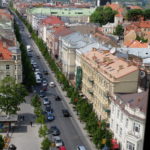
Gedimino parallels the city’s main river, the Neris, a short way to the north. Along the Neris, steep, grassy riverbanks and pathways make an elongated park for lounging or exercise. Across the Neris via the Heroes Bridge, once adorned with Communist era statuary, tall glassy buildings and malls with large tourist hotels have taken root.
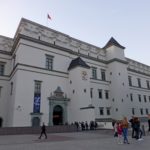
From the south, the secular ducal palace crowds out the church in the main square. That southern approach is the older, narrower, arcing, bustling Pilies (or Castle) Street, packed with small shops and eateries.

Every block seems to lead one to a charming narrow lane, or to another church. These cover a range of religions and sects – Eastern Orthodox, Russian Orthodox, Lutheran, plus a pair of lovely Gothic/Baroque brick churches as gateways to the once again active Bernardine monastery. You get the impression of a city that embraces its religious freedoms.
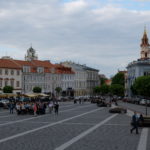
Farther from the main square, Pilies changes names at another large piazza flanked by bulbous Kazimir Church and the town hall, then continues past the concert hall’s slight neo-classical façade toward the ancient city walls.

Nearby lived the sizable Jewish population in its prime with its many synagogues, just one of which remains, and the tiny ghetto into which Nazi occupiers pushed the community during WW2. At the walls and the end of the old town, right before the Golden Dawn gate, sits another Catholic Church with one of the chapels most sacred to Polish Catholics.
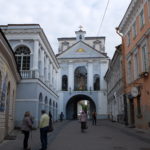
The chapel hovers over the street on a covered bridge; inside is the shrine with its large sliver adorned icon of Mary and Jesus.
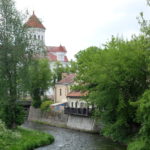
Paralleling Pilies are more parks, with the small tributary of the Neris, the Vilnia, as well as the Bernardine grounds and forested Kalnu park, all diverting the resident population and the few tourists who find it.
Nonetheless, we found both the physical and the spiritual heart of Vilnius in its universities. Filling a large part of the area between the Gedimino and Pilies Streets sprawls the complex array of Vilnius University, one of the oldest in Europe, going back to Jesuit founding in the 16th century.

By the 19th century, it was larger than Oxford, and a leader in the sciences. Some buildings date to then, but – after fires and modernization cycles – the main ones recall the 17th and 18th centuries.

You need to be pretty smart to just walk through this university, a kind of maze of a dozen or so courtyards of varying sizes, all linked together by tricky passageways. The Grand Courtyard, paved with a complex geometric design, still displays centuries old frescoes and an ornate church portal, and commemorates the notables associated with the university, such as the heralded poet Adam Mickiewicz.

Just as important in Vilnius, it seemed, were the music schools. Turn a corner, and you hear singing and piano playing floated on the air from some music training academy – some from buildings hundreds of years old, some from complexes quite new. The performance tradition is strong. Near Heroes bridge, at the opposite end of town from the old concert hall, was the always busy opera house and concert venue built in the 1970s. It looked like a nuclear reactor. Across the street from it, a music academy stretched down a side street, alongside yet another concert hall. Music wafted out of its windows all day and night.
(Also, for more pictures from Lithuania and the Baltics, CLICK HERE to view the slideshow at the end of the Baltics itinerary page.)


